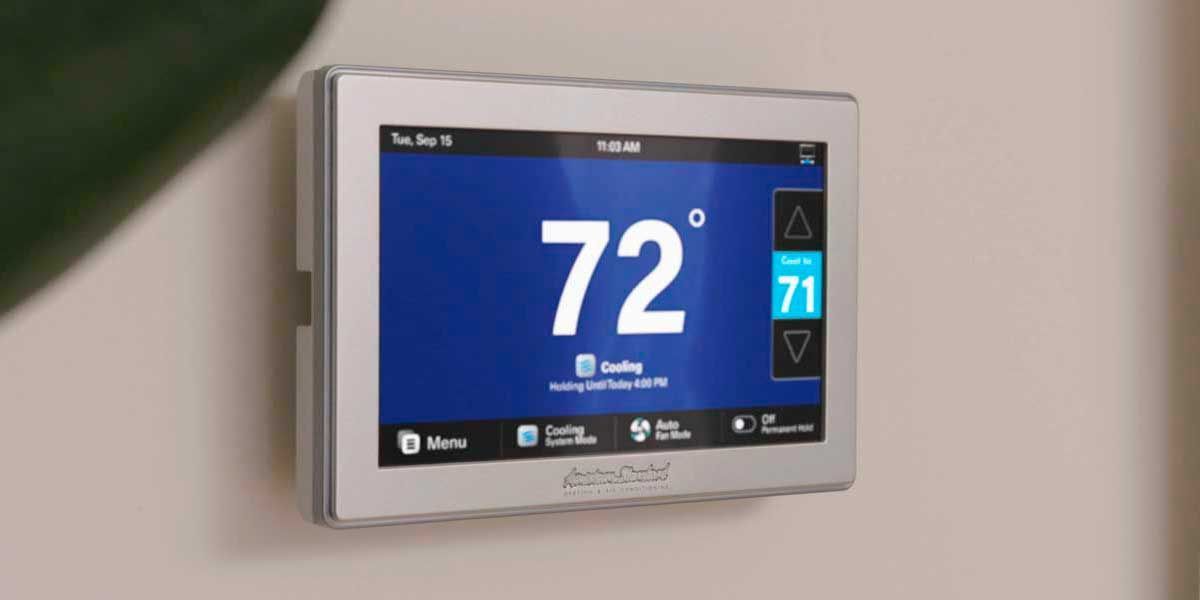Wells, Well Pumps and Pressure Tanks
One big difference between living in the city and suburbs and living in the country is how the residents of each think about water. Urbanites and most suburbanites just turn on the tap and fill their glass or their sink or their tub without giving the source of their water a second thought. Actually this can also be said of those who live far beyond city limits.
They too tend to take the flow of water for granted... until something goes wrong with the well pump. And therein lies the difference.
While city homes are all connected to the same municipal water source, homes in less populated areas each have their own well that sits somewhere below ground outside the house. And in order to source this water, there is a well pump. As long as the pump functions smoothly, those in the house take the flow of water for granted.
But should something go wrong, the water stays in the well and never makes it to the tap. Thankfully, this is not an everyday occurrence since most well pumps can be expected to last 20-25 years without having to be serviced. However their longevity can be shortened when contaminants like silt, sand, and algae get in the system.
How Well Pumps Work
After a well has been drilled, a water pump is installed along its casing to lift water from below ground to the house. Submersible wells are located beneath the level of the water to prevent it from being affected by water draw down or periods of drought. The size of the pump is determined by the size of the dwelling, the number of plumbing fixtures, and how much water is used at times of peak usage.The typical well pump powered by a 1/2 hp motor can usually pump 10 gallons a minute.
A well pump is designed to turn on when the water pressure within the water tank in the house falls to a certain level. The pump then lifts water until the tank's default pressure is reached.
Pressurized Water Tanks
As water is pumped into the tank, it compresses the air within until a preset level is reached - typically 40 to 60 pounds per square inch (psi). When someone turns on a faucet, the pressure in the tank forces the water out and through the pipes to the tap, also releasing some of the pressure. When that pressure falls to a preset trigger pressure, usually 20 to 40 psi, it signals the well pump to turn on and refill the tank. This water tank is arguably just as important as the well pump and the well itself since it is what maintains the water pressure. Without it, the well pump would turn on and off constantly and such cycling would burn out its motor.
Should any part of this intricate system fail, emergency plumbing service in Cleveland is needed. The problem could be the relay switch the tank uses to signal the pump to turn on; it could be the really system, or it could be the well pump itself has to ceased working.This last is the most dreaded since extensive digging is involved.But only a professional plumber can determine where the problem lies.






